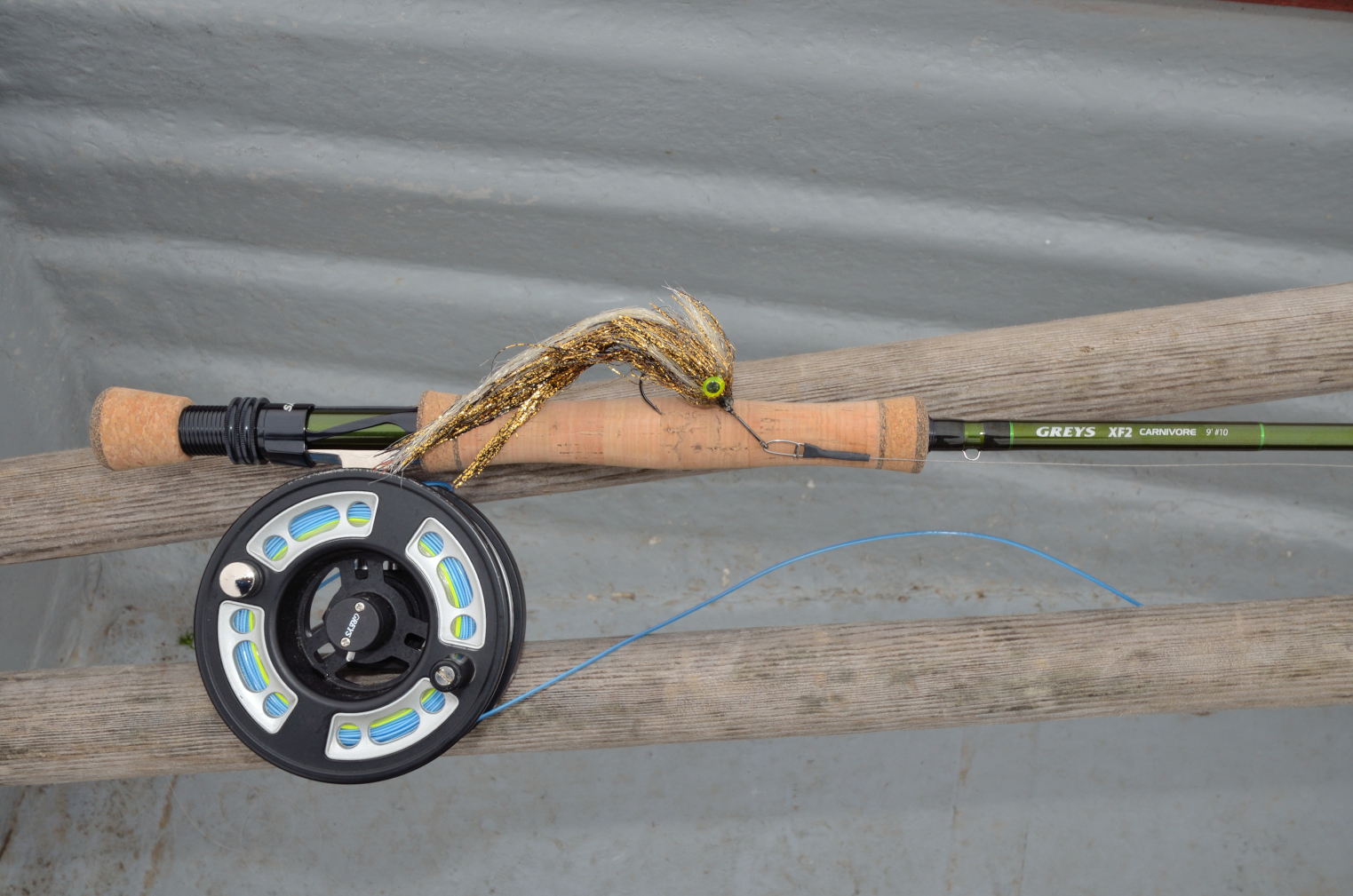

Wading into Lake Superior to catch lakers on a fly is something I like to do every spring and fall. More than 2,000 miles to the east, we stalked the banks of Basswood in Labrador, casting flies to midsummer lakers. At Plummer’s Great Slave Lake Lodge, we jumped out of bed in the dark to chase surface eruptions the size of Volkswagens. In the Lower 48, they are in the shallows immediately after ice-out, and retreat to deeper water as surface temperatures rise.Īthabasca is just one star in a sky brimming over.

In the far north, they feed in water less than 10 feet deep almost all the time. It’s a myth that lake trout are strictly a deepwater species. Prespawn activity draws lakers up from the depths, into the wheelhouse of the average fly fisherman. Reefs, rocky shorelines, and submerged islands topped with boulders are the concentration points. Lakers spawn in autumn, dropping eggs and milt into boulder fields, primarily in depths of 8 to 20 feet. What we saw would raise the neck hairs of the most hardened, well-traveled anglers. It could be one of the finest lake-trout waters on earth. Each pass over the spine of a four-mile reef pushed lake trout from the boat’s path-every one of them a tank.Įnjoying the hospitality of Lakers Unlimited, we were watching prespawn activity on Lake Athabasca-which translates as “Olympus” in the vernacular of fly-rodding, lake-trout Argonauts. Slowly finning away in all directions, a herd of drab torpedoes blending into dappled boulders six feet down completed the chiaroscuro. Sky and water formed a vague, gray curtain at the far edge of the world. Still, there have been times when they’ve surprised me and given me a battle to remember.” I’ve been much too restless, too much a caster, to take time to troll. Now and then I cross paths and sometimes match my skill with their weight and strength. “Lake trout have been on the edge of my fishing world.


 0 kommentar(er)
0 kommentar(er)
